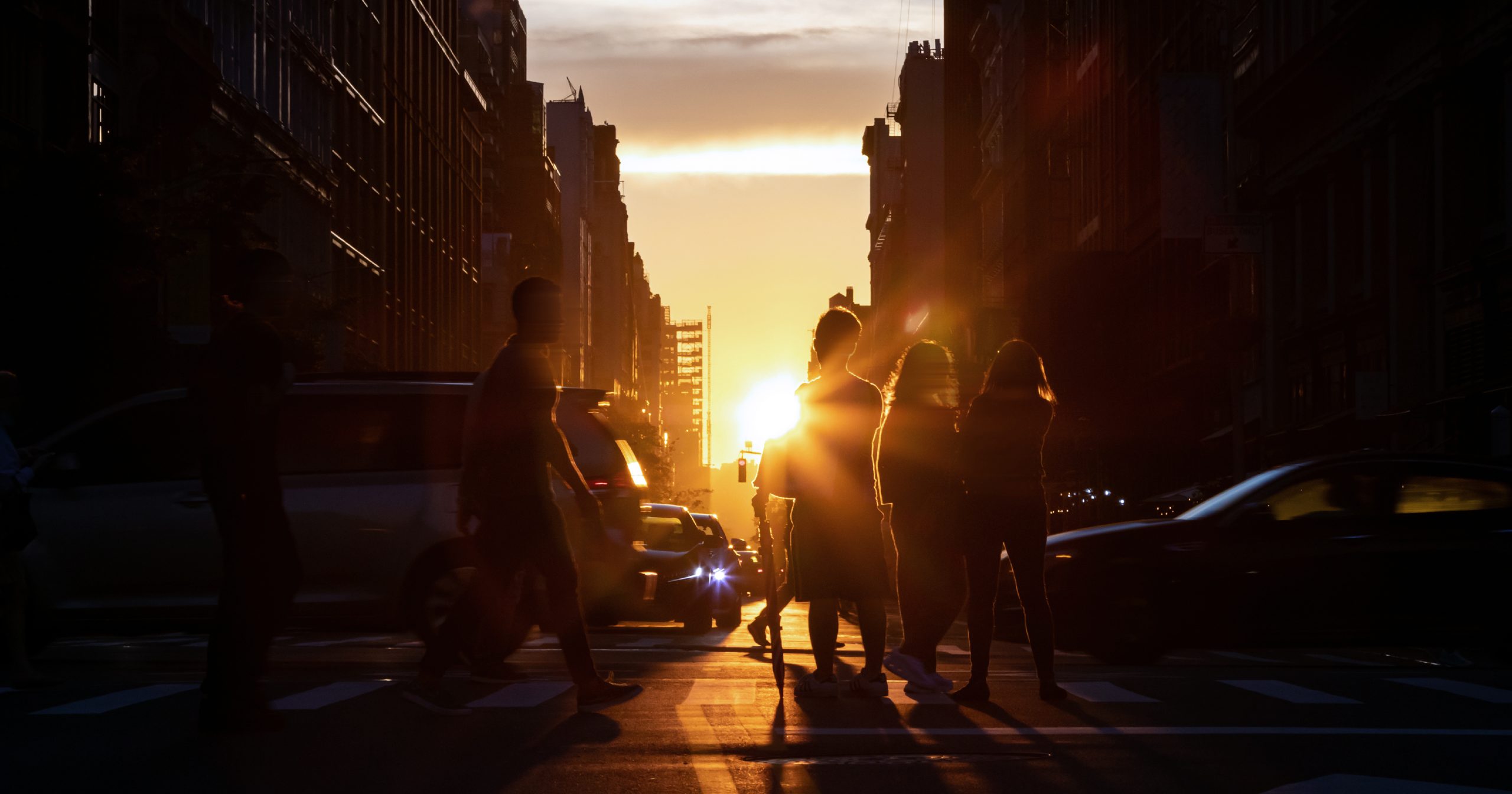
Last October, Aubrey Taylor and his friend were at a New York deli grabbing something to eat, when a woman came over and began to grope him.
Most victims of sexual assault don’t report their experience for of a number of reasons Aubrey recorded the incident on his cell phone and reported it to the NYPD. Considering the NYPD’s ‘The Call is Yours’ campaign to encourage survivors of crime to report incidents to them, which they believe can help bring the perpetrator to justice and prevent future assaults, they failed to take appropriate action.
The fact that Aubrey Taylor, a man with dwarfism, was not believed is actually not hard to believe. It is well known that victims of sexual assault are disbelieved. However, to even have a slight chance of being believed, victims usually have to fit a particular profile- the ideal victim. Sexual assault against men is significantly lower than sexual assault against women. One in 4 women and 1 in 26 men in the US reported completed or attempted rape at some point in their lifetime. Over 30% of American men have been victims of sexual violence.
Disabled people, including people with dwarfism are deemed asexual. When it is hard enough for society to even consider disabled people sexual, then it is no surprise that they are not taken seriously when it comes to sexual assault. However, disabled men and women are twice as likely as non-disabled people to be victims of sexual assault, and moreso for non-binary and transgender survivors.
Unfortunately, as a man with dwarfism, Aubrey, like so many others, did not fit the profile of a victim which probably contributed to the NYPD not taking him seriously.
Furthermore, specific perceptions of dwarfism influenced the way he was treated by the perpetrator. Looking at the recording, the way the woman responded to Aubrey reflects common reactions to people with dwarfism, such as seeing them as childlike and permissible to touch without consent.
‘Oh, you’re so adorable. You’re still adorable. Look at you!”
The woman’s attitude and groping Aubrey demonstrates an imbalance of power called heightism – discrimination on the basis of height.
It is not uncommon for people with dwarfism to be treated like children by general society. People with dwarfism are often represented as subhuman novelties that are acceptable for people to mistreat (see dwarf tossing). However, what Aubrey Taylor experienced was not just typical touching experienced by people with dwarfism. It was sexual assault due to where she touched him.
When challenged by Aubrey and his friend, the perpetrator, an average sized woman, tried to deflect and blame him, stating “You’re making [this?] up because you are wild.” This is typical victim blaming. There is no indication that the victim acted ‘wild’ and even so, that would still not give the woman the right to sexually assault him. She then, with her friend, threatened to call the police. Her reaction demonstrates how perpetrators, when they feel threatened, oftentimes portray themselves as an innocent victim instead of taking responsibility for their behavior. This is a known manipulation strategy called DARVO (Deny, Attack, Reverse Victim and Offender) used by perpetrators.
It can be argued that no other crimes face as much victim blaming as sexual assault. What’s more, it can be argued that how Aubrey retaliated probably didn’t fit in with the woman’s perception of dwarfism, because he stood his ground, not allowing her to touch him.
After the perpetrator left, further footage shows her returning with her friend, and they both started filming Aubrey on their cell phones. The main perpetrator then starts to hit Aubrey with her purse. Despite these aberrant behaviors, the employees did nothing to help. These are blatant disablist hate crimes, which the NYPD defines as “any offense or unlawful act that is motivated in whole or substantial part by a person’s, a group’s or a place’s identification with a particular race, color, religion, ethnicity, gender, age, disability.”
It seems that these types of behaviors are acceptable towards people with dwarfism. Findings from my doctoral research found that people with dwarfism are often touched without consent , mocked, filmed on cell phones and, yes, even hit with purses. But all go to show the unequal status of people with dwarfism within society.
When The Guardian newspaper reported the incident on social media, once again Aubrey was not taken seriously. Responses such as ‘The investigation fell short,’ and ‘Should’ve gone to the small claims court,’ littered the comments section, demonstrating that instead of support, his experience was mocked. When the most prominent representation of dwarfism is that it is nothing more than a novelty that is acceptable to laugh at, evident in the media, then it is not surprising people responded in this way.
Despite the evidence and the reports on national news, you would think that at least charities for people with dwarfism, who claim to advocate for our equal rights, would be speaking out against it. However, I know from experience that when it comes down to it, UK associations don’t just remain silent, but would prefer it if the victims of sexual assault also remained silent. By doing this, they not only reinforce the narrative that we are asexual, but enable us to be victims of sexual assault.
While society needs to challenge the wider problems of sexual assault against all victims, sexual assault organizations must specifically support people with dwarfism. Heightism permitted the woman to believe she could sexually assault Aubrey Taylor and get away with it. Unfortunately, the responses from society, including the NYPD, permitted her to do exactly that.
More from Dr. Erin Pritchard’s work at NSVRC:
The Intersection of Disability and Gender with Online Harassment
Whispers on Social Media: Online Sexual Harassment in Spaces for People with Dwarfism
Visit our Male Survivors hub here.
